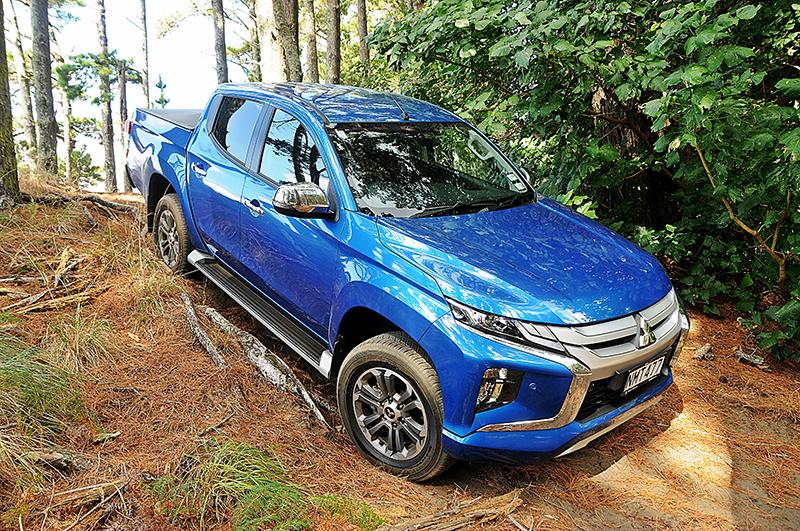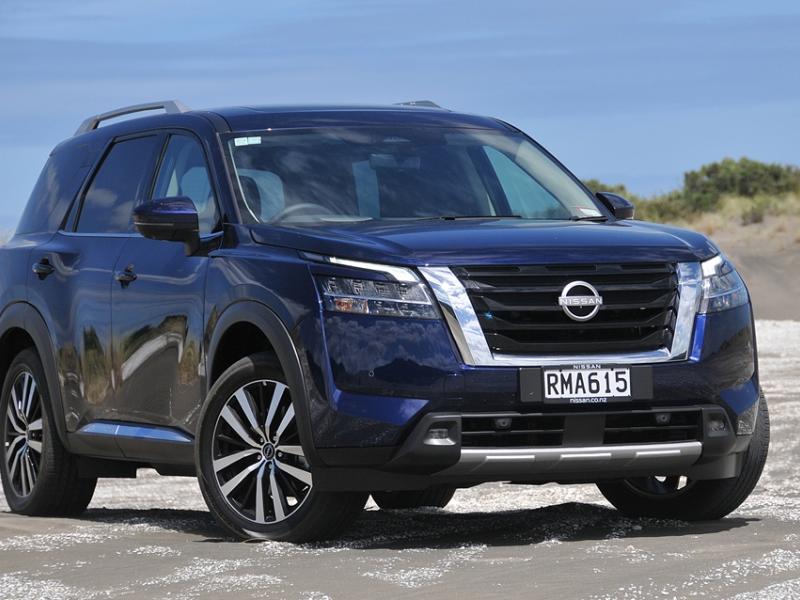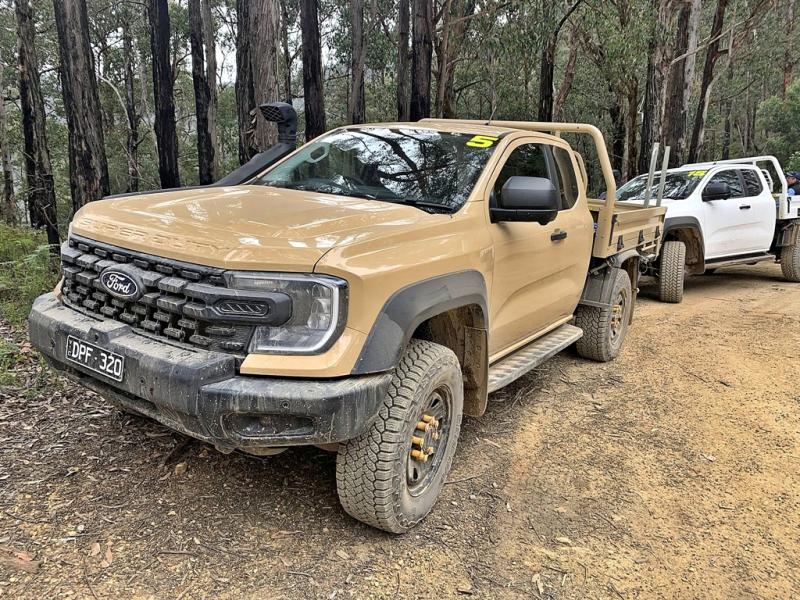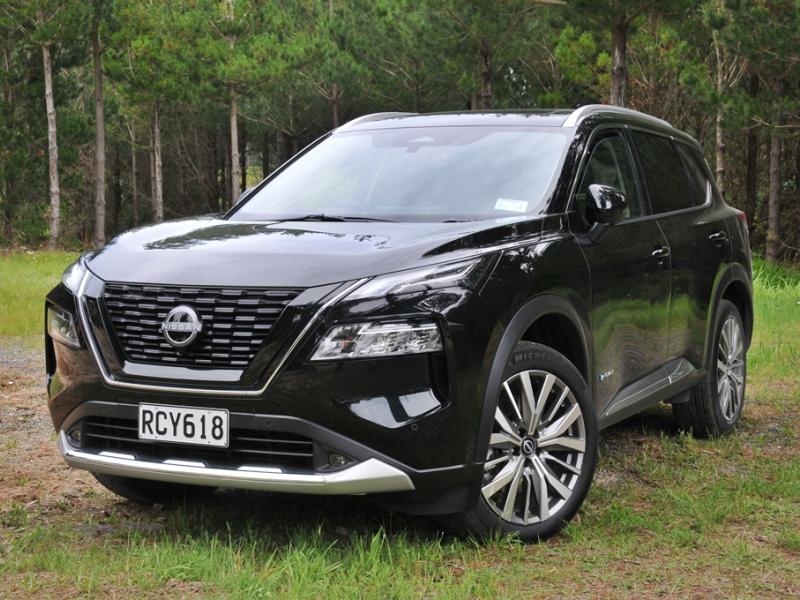A new start rises ahead of 1 April
Owners of new 4WDs expect a lot of their vehicles. They want massive spec, excellent tech, and a vehicle that will work hard all week, go out adventuring at the weekend and scrub up smart enough to go out to dinner in the evenings. In ‘olden times’, we just described a four-vehicle household.
Now, though, it’s clear there are any number of ways to score all this and more in one vehicle.
In late 2021, the New Zealand market was boosted by an unprecedented shipment of 5,000 Mitsubishi Triton utes. They came ashore just as supply-chain issues and the global shortages of silicon and other essential raw materials started to bite hardest. This helped to propel Mitsubishi into a sales lead and went some small way to easing the ‘FOMO’ atmosphere surrounding the impending arrival of the Government’s ‘Ute Tax’.
The Triton has been a regular presence in NZ4WD over recent years; we have been able to chart the ongoing development of the vehicle and noted its underlying strengths as the standards and benchmarks were raised by new but much more expensive offerings.
The latest Triton’s appearance is distinctive and modern. There’s no mistaking the muscular front of Triton as it breaks through the bush or powers down the highway. The front end has styling cues that are ‘right now’ without buying into the trend that dictates ever-increasing grilles, chrome grilles bigger than passenger cars, lashings of ‘Piano black’, enormous grille badges and clusters of LED lights.
At the tail end of summer, on a 30+degree Monday, we headed off to Waiuku Forest to see how the GLX-R worked off-road. We were not alone. Interestingly, on the way to Waiuku Forest, we encountered Triton after Triton on the road. The company managing the big sand quarry at the forest uses Tritons – lots of them, festooned with bull bars and workmanlike racks and lights. The farmers too in this area seem to have worked out how good these things are, but theirs tend to be festooned with other stuff. The telecoms contractor fiddling with a copper connection at Aka Aka was Triton-based. There were a few standard rear wheel drive versions, the ‘road’ ride height very apparent when our blue GLX-R went past. A stock-standard low-ride RWD ute isn’t really our thing though, is it? Buyers can even get the GLX-R as a high-riding RWD, almost indistinguishable from the 4WD we tested. We’d guess this ‘non-4’ version would be popular among city dwellers who seek the look but not the mud-clawing, sand-scrabbling, hill climbing ability of the proper version. A taller RWD version does give the advantage of better vision and visibility in traffic, but at the boat ramp, hauling a decent size Surtees fish harvester out of the water, we’d always opt for the all-paw version to manage grip as the truck’s 437Nm went to work on the drag-out.
But the real deal is 4WD, and Triton’s Super Select transmission is one of the best out there. Modes are ‘2H’ ‘4H’, ‘4HLc’ and ‘4LLc’ – the latter locking the transmission front to rear for increased grip. All modes are on a single rotary dial and going from 2H to 4H is one clockwise click of the dial. That mode is enough to add certainty on gravel roads and in rapidly changing driving situations; the ‘lock’ selection calls for a press down on the dial and a further turn clockwise, then low range is only available in the ‘lock’ format. That’s a 50-50 torque split front to rear.
Down in the dry, shifty sands of the accessible tracks under Waiuku Forest’s pines we only needed high range and grabbed the ‘lock’ mode for wee tracks that have defeated 4WDs we have driven there recently. The West Coast’s iron-sand beaches change profoundly when wet or dry – the sand holds together impressively when well wet, and is treacherously soft when parched dry by a hot, rainless summer.
On the forest’s gravel roads, hitting ‘4hi’ tightens the truck down and maximises grip under acceleration or in the corners, reducing the seat-felt impact of sections of corrugations that would shatter a dodgy filling or two. As Mitsubishi points out: “You might not need to take a full crew and a big load up a seemingly unscalable slope. But you can.”
Using 4WD does increase the stated 11.8 metre turning circle slightly, and in lock mode there’s perceptible tyre scrub-and-grab in tight corners or when doing a U-turn. Not for use on tarmac.
Let’s also talk about the suspension. The GLX-R came fitted with Dunlop Grandtrek road-oriented tyres, which have been less than excellent on some diesel double-cab utes we’ve tested. But Mitsubishi has the recipe right here, the Triton’s leaf-spring rear end remains well composed and never steps out of line and the Dunlops cope well with braking on the narrow tar seal road leading to Waiuku Forest. Their grip under the trees also impressed, even when reversing up a soft slope with pine needles covering deep, dry sand.
On narrow rural tarmac, take a tip: the lane departure sensors can easily be disabled, and we did. The constant ‘reminding’ from the system was actually distracting where the road is too narrow to allow driving with a decent margin away from that painted centre line.
Carrying loads (like photo gear for example) in the cab? Put it on the floor in the back, or risk setting off the seatbelt reminders. Ding-ding!
On sandy trails under the trees, we did also disable the stability/traction control, which otherwise causes the ute to slow and gave the distinct impression it was thinking about bogging down. Forward progress relies on a bit of slippage in such situations.
None of the above gentle reminders are unique to the Triton of course, all modern utes and SUVs are similarly blessed. At least Triton doesn’t have the occasionally alarming ‘hand of God’ tech that nudges the wheel back away from a perceived lane deviation.
Powering the Triton is Mitsubishi’s proven 2.4-litre all-alloy intercooled direct injection turbocharged diesel engine. It produces 135kW and 437Nm of torque – not top of the class but well applied as part of a carefully evolved overall package. Likewise, a six-speed auto sounds a bit under-spec these days when rivals have eight or ten speeds – and yet the package has been so well developed that it works, and is every bit the equal of its rivals. It also sets the truck’s fuel efficiency numbers: 8.6l/100km is real-world achievable in the auto we drove.
Into the top ranks though is the truck’s 3.5-tonne braked towing capacity, and there’s a trailer stability assist tech to keep the load under control in sketchy going. None of the Triton’s direct rivals have bigger tow ratings, and few will carry more in the tray than Triton’s 935kg.
Verdict: while the company’s marketing advertising talks about ‘Beast Mode’, the GLX-R Triton neither needs nor encourages such vivid mental imagery. What it does deliver is immense capability. It’s all of those things mentioned at the start of this story, and it is all about ‘utility’ in the sense of usefulness. It’s hard to think of a 4WD double cab ute that offers so much value for the money – in spec, in tech, in on road manners and offroad ability. This spec level does all that without the extremes of the Triton’s premium Black Edition versions, which price out $6,000 higher.
Even better, it’s available right now. Triton helped to propel Mitsubishi to number one in the commercial sales rankings in the traditionally soft month of January. February put the Ranger back on top of local commercial vehicle registrations with 1111 vehicles; followed by the Toyota Hilux on 890 and a close third was the Triton on 855. The overall commercial sector jumped 29 per cent, driven by the approaching ‘ute tax’ start-date of 1 April. Most utes will attract a clean air tax, which feeds the Government’s rebates for buyers of electric vehicles.
Motor Industry Association head David Crawford expects sales figures to stay strong through March but sees a brief ‘softening’ in April as the tax and Covid-associated supply issues chill the market.
The longer-term question is whether the increase will affect new vehicle sales in the commercial segment. We’re picking the Triton will be one of the utes that charge on through, Blue Monday topping the playlist on the stereo.







